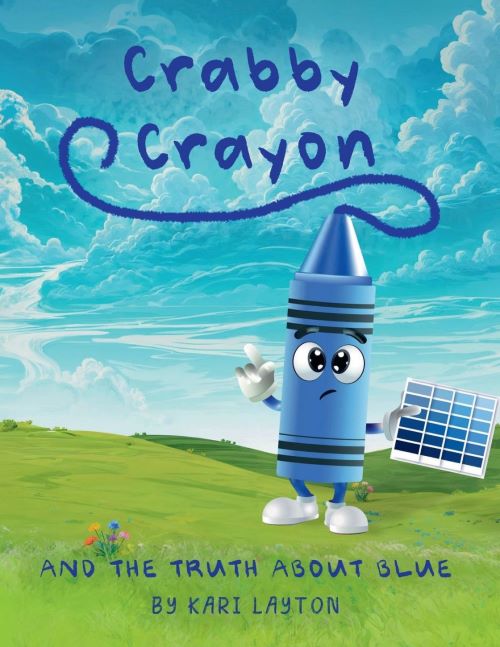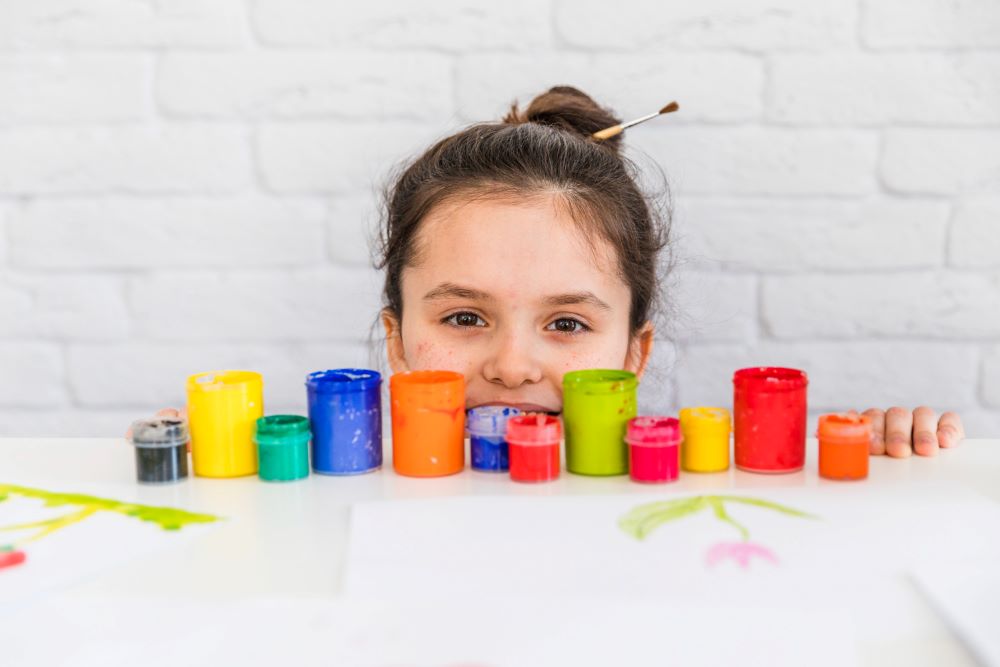Colors are everywhere! But do kids really understand how they work? Teaching color theory to kids can be a fun and interactive way to spark creativity and curiosity. Whether your child loves to paint, draw, or simply explore the world around them. Understanding colors is an essential part of their learning journey.
Let’s explore hues, tints, and shades!
What Is Color Theory?
Color theory is the study of how colors interact and combine. It helps children understand why certain colors look good together and how new colors are created. By learning the basics, kids can mix, match, and experiment with colors to express themselves in unique ways.
The Three Primary Colors
Every color starts with the three primary colors: red, blue, and yellow. These colors cannot be made by mixing other colors. Instead, they are used to create all other shades and hues. Encourage kids to blend primary colors and discover the magic of color mixing.
Mixing Colors: The Magic of Secondary and Tertiary Colors
When two primary colors are mixed, they create secondary colors:
- Red + Blue = Purple
- Blue + Yellow = Green
- Yellow + Red = Orange
If you mix a primary color with a secondary color, you get a tertiary color. These shades add more variety and make artwork even more exciting!
Understanding Hues, Tints, and Shades
- Hues are pure colors, like red, blue, or yellow.
- Tints are made by adding white to a color, making it lighter (e.g., pink is a tint of red).
- Shades are made by adding black to a color, making it darker (e.g., navy is a shade of blue).
Teaching kids these concepts helps them see how colors can change depending on light and mixing.
Fun Activities to Teach Kids About Color Theory
1. Color Mixing with Paint
Give kids red, blue, and yellow paint and let them mix their own secondary and tertiary colors. This hands-on activity helps them understand how colors combine.
2. Color Hunt Around the House
Challenge kids to find objects in different shades of the same color. This improves their observation skills and reinforces their understanding of hues, tints, and shades.
3. Creating a Color Wheel
Help kids draw a simple color wheel and fill it in by mixing primary colors. This visual representation helps them remember how colors relate to each other.

Conclusion
Understanding color theory for kids opens up a world of creativity and learning. Whether through painting, exploring nature, or reading engaging books. Teaching kids about colors builds their artistic confidence and critical thinking skills.
If you want to teach your kids how colors come in several shades, hues, and tints, then Crabby Crayon and The Truth About Blue by Kari Layton is an excellent choice. This fun and educational story helps children understand that color is more than what they first assume. Reinforcing the importance of perspective and learning through observation.
Encourage creativity today with Crabby Crayon and The Truth About Blue! Order your copy now.

